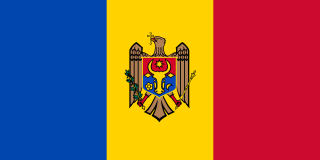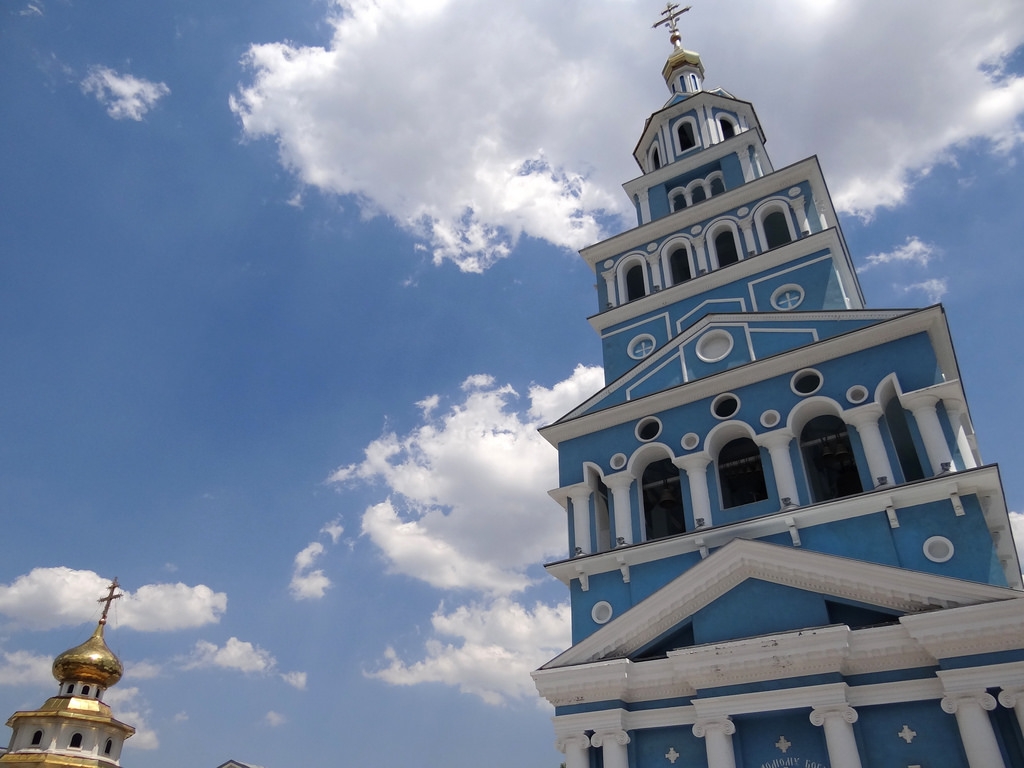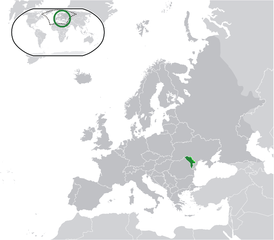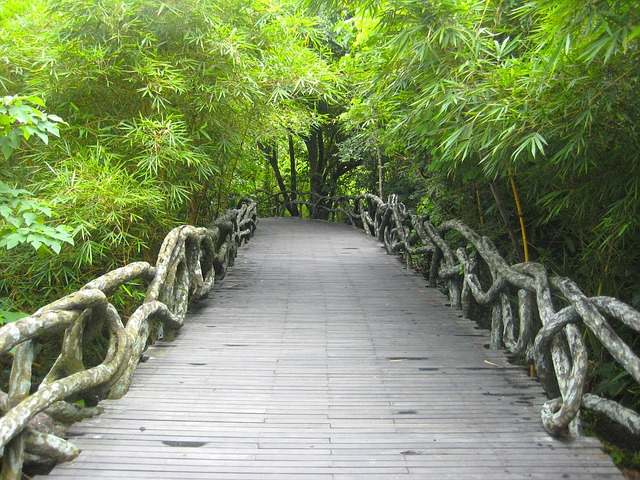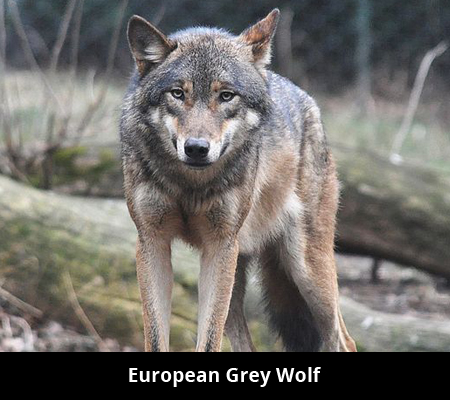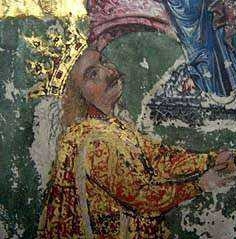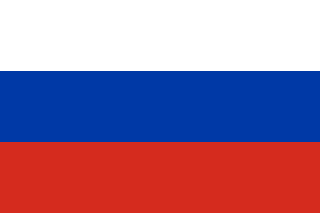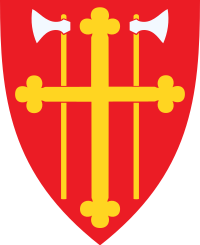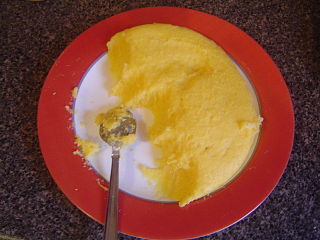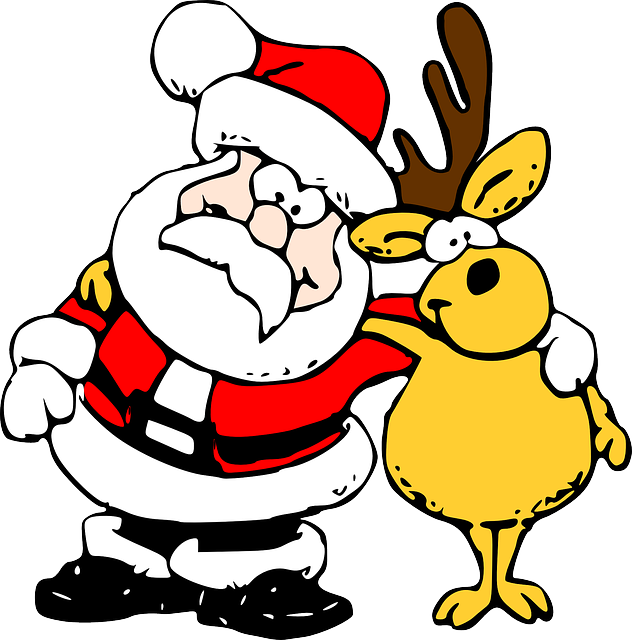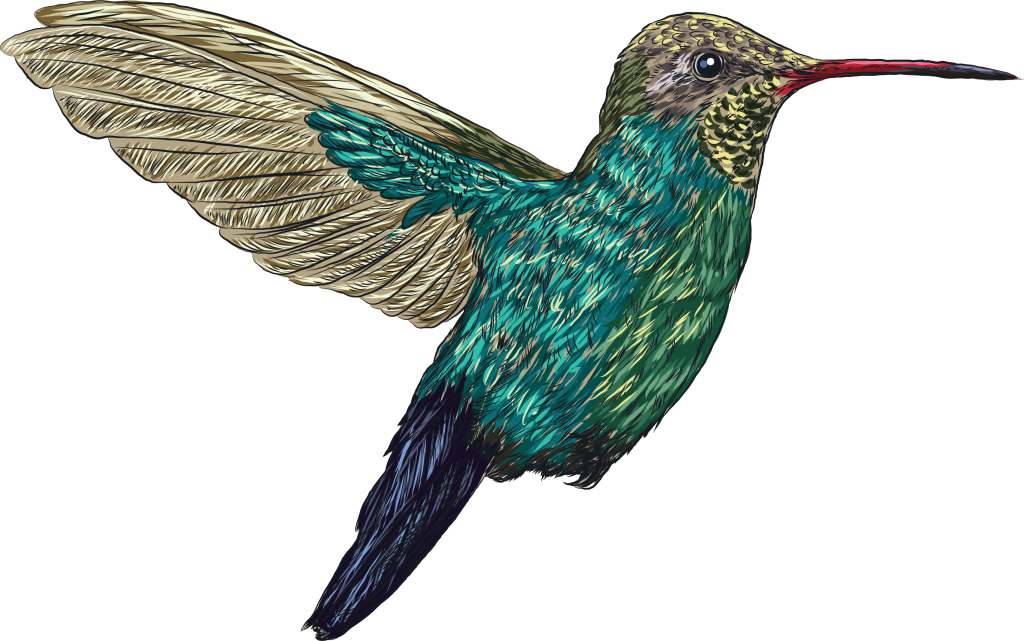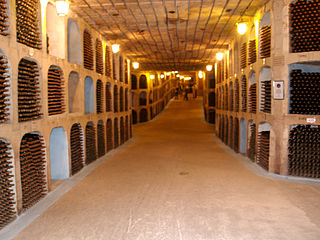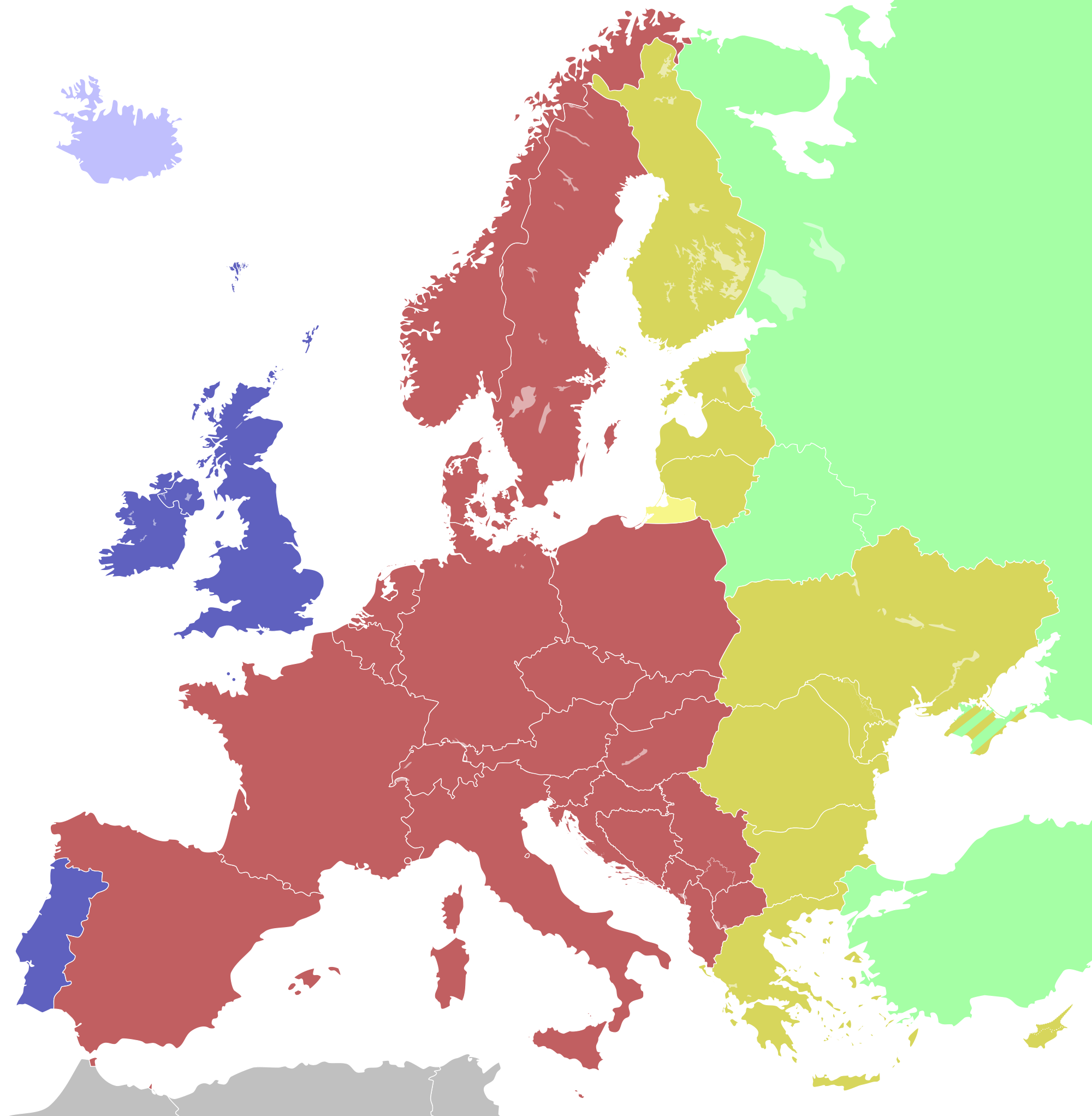Moldova Facts
Moldova is a southeastern European nation known as one of the top wine producers in the world.
Since gaining independence from the Soviet Union in the 1990’s, Moldova has struggled economically.
Still, Moldovans are a proud people with a rich history and culture.
Quick Facts
Capital: Chișinău
Population: 3.5 million
Key Cities: Chișinău, Tiraspol, Bender, Balti
Official Language: Romanian (Moldovan)
Major Religions: Orthodox Christian
Geography
Bordering Countries: Romania, Ukraine
Size: 13,068 sq. miles
Lowest point: Nistru at 6.6 ft.
Highest point: Bălăneşti Hill at 1,411 ft.
Located in southeastern Europe, Moldova is a landlocked country bordered by Romania and Ukraine. It’s about the size of the U.S. state of Maryland.
Most of Moldova’s land is covered by a hilly plain, along with many streams and rivers. Most of this territory is located between two major rivers, the Nistru and the Prut.
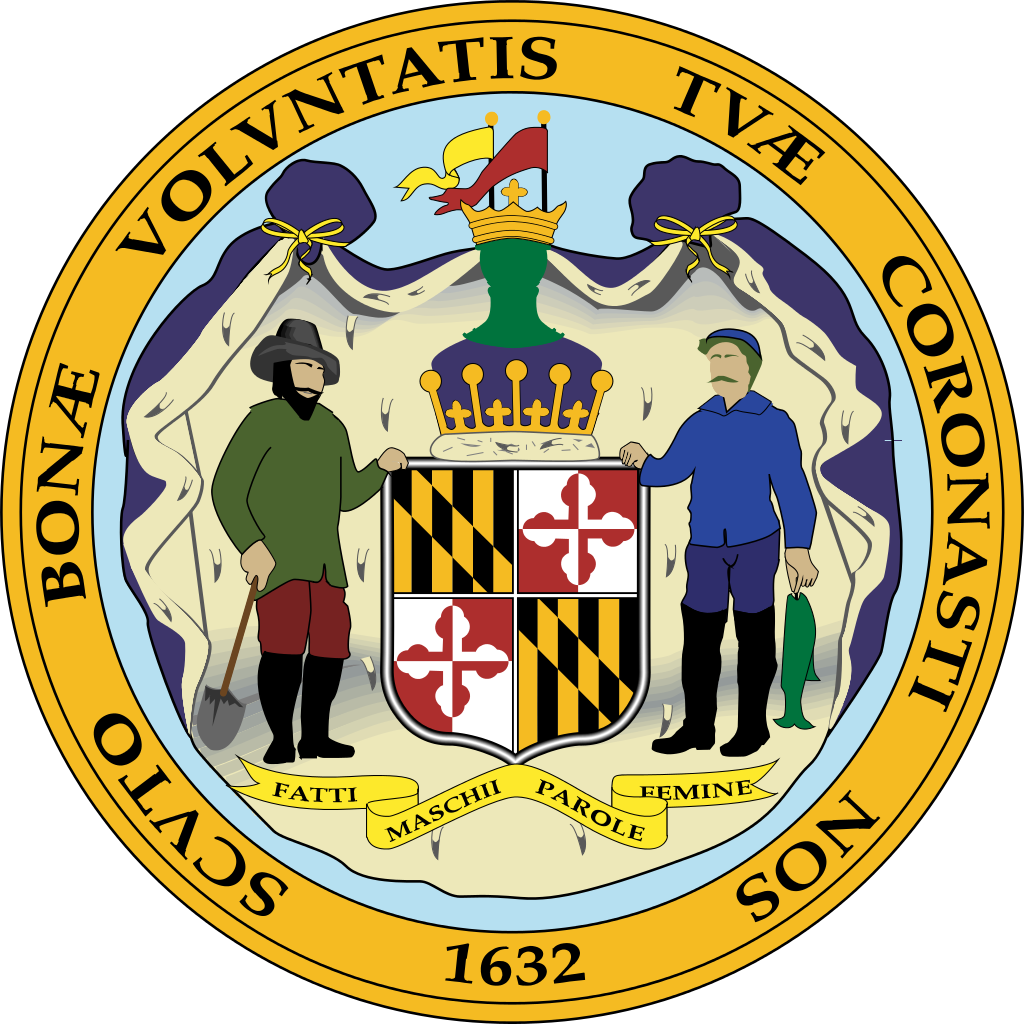
There are also thick forests in Moldova, along with other minor rivers.
About 75% of Moldova’s soil is a fertile black soil called chernozem.
Moldova has a continental climate with long, warm summers and mild, dry winters. Rainfall is heaviest in early summer and October. Heavy thunderstorms are common, but long dry spells aren’t unusual.
The country has a wide variety of trees including hornbeam, oak, linden, beech, maple, wild pear, and wild cherry.
For its size, Moldova is home to many animal species. These include boar, wolves, badgers, wildcats, deer, hare, foxes, muskrat, and numerous species of birds. Fish species are also plentiful.
History
In its early history, the area now known as Moldova was ruled by many different empires. The Greeks, Romans, Huns, Bulgars, and Mongols all occupied Moldova at different points in history.
The Principality of Moldovia was founded in the 1350s. It was ruled by Stefan the Great, and he maintained the nation’s independence until the early 1500s.
The Ottoman Empire conquered the area and ruled until the end of the Russo-Turkish war. At that point, the nation was divided, with the eastern half (Bessarabia) going to Russia and the western half remaining with Turkey.
Romania took control of Bessarabia in 1918. In 1940, the country was annexed by the Soviet Union. Moldova gained its independence in 1990 when the Soviet Union collapsed.
However, the transition to independence has not been easy for the country. Moldova is a parliamentary representative democratic republic with a president and prime minister.
Economy
Moldova’s major industries are food processing (especially sugar and vegetable oil), power generation, engineering, shoes, and textiles.
Main agricultural products include grain, wine, sugar beets, sunflower seeds, tobacco, beef, milk, and various fruits and vegetables.
Moldova has made economic progress recently, but it is still one of the poorest countries in Europe. Government corruption and lack of job opportunities are major problems for the country.
In rural areas, many households don’t have electricity, heat, or access to clean water. Unpaved roads and abandoned buildings are common.
Moldova’s currency is the Moldovan leu.
Culture
Romanian is the main language spoken in Moldova. It’s often called “Moldovan” locally. Other languages spoken in Moldova include Russian, Bulgarian, Ukrainian, and Gagauz (a language spoken by the people of Gagauzia).
About 90% of Moldova’s population is Christian, specifically Eastern Orthodox. There are two churches within the Eastern Orthodox community: the Russian Orthodox and the Romanian Orthodox.
Moldova’s national dish is mamaliga, a hard corn porridge usually served with cheese, sour cream, or milk. Stuffed cabbage and grape leaves are popular, along with soups like zama and borsch.
At Easter, a special bread called pasca is baked in every home. Children paint eggs, and families visit the graveyard to honor their ancestors. They share food and wine while remembering their loved ones.
Eastern Orthodox Christmas is celebrated about two weeks after Christmas in the United States, around January 8. Churches are filled with candles, buildings are decorated, and families share traditional dishes.
In May, museums in Chisinau are transformed into theaters for Night of Museums. Traditional songs and dances are performed, and there are special displays to visit.
Other popular celebrations are Independence Day and the Sweet Acacia Flower Music Contest, a traditional competition between Moldovan folk bands and neighboring countries.
Fun Facts
Moldova is the European country that is least visited by tourists.
If you’re into birdwatching, you might want to visit Moldova! It’s home to over 300 species of birds.
Traditionally, it’s rude to leave your shoes on when walking into someone’s home in Moldova. This rule is less strict today, but some households still expect visitors to leave shoes at the door. Slippers are usually provided to guests.
When a baby is born in Moldova, the oldest woman on the father’s side of the family helps bathe the baby. The woman puts flowers, honey, milk, and money in the water to nourish the child.
The people of Moldova has been producing wine for over 5,000 years. The country is also home to the world’s largest underground wine cellar.

